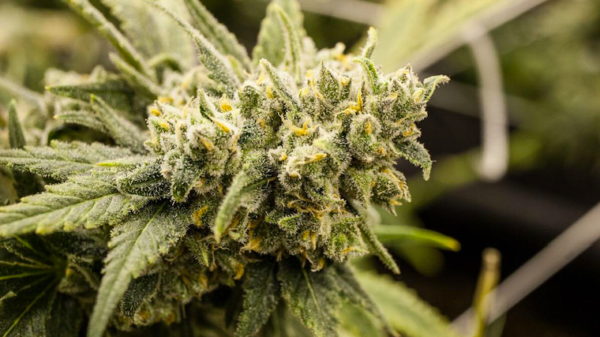Encapsulating terpenes in tiny molecular vehicles called nanocarriers makes them more stable, soluble and bioavailable, which could help to design drugs that treat chronic pain more effectively, according to a new study.
Researchers at the University of Seville and the Chaminade University in Hawaii found that encapsulating the terpenes β-myrcene, β-caryophyllene, and nerolidol into capsules 250–350 nanometers in diameter produced better cellular responses than when exposed to free terpenes.
Terpenes are volatile particles that produce the scents in plants, fruits, flowers and cannabis. Preliminary research shows they’re effective at treating chronic pain.
The recent in-vitro study was published in the International Journal of Pharmaceutics, and sponsored by cannabinoid pharmaceutical company Gb Sciences, Inc. (OTCQB: GBLX) which provided the terpenes for the research.
Read more: Terpenes can treat neuropathic pain by activating cannabinoid receptors: study
Read more: Terpenes imitate and enhance cannabinoid activity: study
For the study, researchers tested how much the encapsulated terpenes activated the pain channels in cells, and compared the results with free terpenes.
Researchers saw that encapsulated terpenes activated pain-sensing cell receptors more efficiently.
The study also found that the encapsulated molecules had a more extended and stable release, compared to free terpenes, which could lead to controlled pain relief after oral administration.
Researchers recommend further experiments should be done in live animals to test the effectiveness of the formulations for pain management, as well as the ability to enhance bioavailability of terpenes after oral intake.
Gb Sciences president and study co-author Andrea Small-Howard says the research is important in the creation of novel terpene-containing pharmaceutical products for chronic pain, which have the potential to deliver relief over time in a safer and more efficient manner through her company’s time-released delivery technology.
“There was a considerable technological challenge to developing a suitable drug-delivery system for terpenes. This study demonstrates how nanomedicines offer an elegant solution for administering these efficacious molecules and opens up new opportunities for their use in chronic pain medicines,” she said in a statement.
Gb Sciences notes that in addition to its potential therapy for chronic pain, it has four other advanced preclinical-stage programs, including a Parkinson’s disease treatment being prepared to enter a first-in-human clinical trial.
Previous research has shown that α-terpineol, ß-caryophyllene, and γ-terpinene activate the cannabinoid receptors CB1 and CB2 in ways that reduce chronic pain caused by nerve damage, known as neuropathic pain.
Other research has shown that terpenes stimulate cannabinoid receptors in the brains of mice, and produce unique effects when combined with cannabinoids.
Follow Natalia Buendia Calvillo on Twitter
natalia@mugglehead.com














